Queen Elizabeth II spent her final days in Aberdeenshire, Scotland at the Balmoral Estate, her private residence where she has been known to be “the most happy.”

Just as generations of the Royal Family before her, the queen visited the estate on annual retreat during the summer.
It’s where she spent a portion of her honeymoon with her husband, the late Duke of Edinburgh, Prince Philip.
It’s where she recently appointed Britain’s new Prime Minister, Liz Truss on Sept. 6.
The 50,000-acre country estate is also where she was staying with her grandsons William and Harry when their mother, Princess Diana of Wales was killed in a car crash on Aug. 31, 1997, in Paris, France.
History of Balmoral
Queen Victoria, Queen Elizabeth II’s great-great-grandmother, and husband Prince Albert, officially secured the purchase of Balmoral in 1852 for £32,000, according to Historic Environment Scotland.
When Queen Victoria and Prince Albert made their first visit to Scotland in 1842 and began looking for a home in the country, they were recommended the area of the estate by the queen’s physician.
The Scottish Baronial style Balmoral castle was built between 1853 and 1856.
Even after the Prince Albert suddenly died of typhoid in 1861, Queen Victoria continued to make visits to Balmoral every year, according to the Royal Household website. In May, she’d visit for a month and in the fall, she’d stay for up to three months.
After Queen Victoria died in 1901, generations of the Royal Family continued to frequent Balmoral.
Much of Queen Elizabeth’s childhood was spent in Scotland at the Balmoral Estate. It became a favourite residence for her and her family each year during the months of August and September, according to the Royal Household.
“Like Queen Victoria, Queen Elizabeth enjoyed going there to be able to go for walks in the country and enjoy time with her family,” Karenza Sutton-Bennett, a professor in the English department at the University of Ottawa, told Global News. “The castle and land are particularly special for the fact that it is so secluded and allows for privacy away from the press and public duty.”
Just days before her death, Queen Elizabeth spoke of her time at Balmoral while dining with the Moderator of the General Assembly of the Church of Scotland, the Rt. Rev. Dr. Iain Greenshields.
“She went back to her time when she was very young staying in Balmoral, spoke very warmly of her time with her father and her mother there,” he told Reuters.
“She had a phenomenally good memory for somebody of her age.”
The sprawling estate in the Scottish Highlands was a place where Elizabeth rode her beloved horses, picnicked, and pushed her children around the grounds on tricycles and wagons, setting aside the formality of Buckingham Palace.
“(When) she goes through those (Balmoral) gates, I believe the royal part of her stays mostly outside,” Rev. David Barr, of Glenmuick Church in nearby Ballater told The Associated Press. “And as she goes in, she was able to be a wife, a loving wife, a loving mum, a loving gran and then later on a loving great gran — and aunty — and be normal.”
It was a transformation that took place every summer.
The queen's mischievous side
Balmoral is the family’s “private wilderness,” where a fleet of immaculate Land Rovers would pick up guests each morning during the shooting and stalking season, Jonathan Dimbleby wrote in his 1994 biography of Prince Charles, who became King Charles III upon his mother’s death.
“In the stables, the Queen’s horses were again at the ready, coats groomed, saddles and bridles soaped and stirrups polished,” Dimbleby wrote. “The household servants, trained in discretion, appeared only when required, aware that to be seen or heard without a purpose would be to intrude.”
At Balmoral, a woman most remembered for being clad in robes and crowns or grandmotherly dresses and wide-brimmed hats could tie a scarf around her head, snuggle into a warm jacket and tug on a pair of boots to explore a domain covered with heather and pine forests and populated by deer, bees and butterflies.
That sense of informality could bring out the queen’s mischievous side.
A former royal protection officer, Richard Griffin, remembered accompanying the queen on a picnic when they met two American hikers. The tourists didn’t recognize Elizabeth and asked how long she had been visiting the area. When she replied “over 80 years,” they asked if she had ever met the queen.
“As quick as a flash she says, ‘Well, I haven’t, but Dickie here meets her regularly’,” Griffin told Sky News earlier this year during events marking the monarch’s 70 years on the throne.
One of the hikers then turned to Griffin and asked what the queen was like. He replied: “She can be very cantankerous at times, but she’s got a lovely sense of humour.”
“I think Granny is the most happy there,” the queen’s granddaughter, Princess Eugenie, said speaking of Balmoral, during the documentary, Our Queen at Ninety.
Princess Eugenie was among the senior members of Britain’s royal family who greeted well-wishers outside of Balmoral on Saturday after the queen’s death. The daughter of Prince Andrew, was seen wiping away tears as she read messages attached to flower bouquets.
Ghillies' Ball
The queen and the Duke of Edinburgh enjoyed Scottish country dancing, according to the Royal Household website. During her stay at Balmoral each year, the Queen would host annual dances for neighbours, estate and castle staff, and local community members.
The dances were known as the Ghillies’ Balls.
The Balmoral Estate is a working estate, meaning it contributes to the local economy, according to the Royal Household.
Throughout much of his life, the Duke of Edinburgh was involved in the management of the estate. He developed a vegetable garden next to Queen Mary’s flower garden and planted Oak along the bank south of the cricket pitch.
Now, Balmoral’s perimeters are rimmed with bouquets of flowers and other tokens of condolence as the nation moves forward without its longest-reigning monarch.
At its heart, Balmoral was a family home for the queen.
Home movies shared with the BBC for a documentary on the queen’s 90th birthday showed Prince Philip and the queen playing with Charles and his sister, Anne, on the lawn outside Balmoral Castle, with Philip careening down a grassy slope on a little red wagon before toppling over, his kilt flying in the breeze.
In later years, Charles played ping-pong and football in the yard and was even allowed to cycle to the village shop by himself, albeit with a police officer trailing behind, Dimbleby wrote.
It’s “very significant” that the queen died in Scotland, royal historian Robert Lacey told The Associated Press.
“Because apart from her love of that particular country, it was the countryside, the way it brought her into contact with nature,” he said.
— With files from Global News’ Rachel Gilmore, Chris Jancelewicz, Aaron D’Andrea & Reuters
- Barron Trump, 18, selected as Florida delegate at Republican National Convention
- Cruise ship arrives in New York with dead endangered whale stuck on bow
- 2 Boeing 737 passenger planes involved in accidents, mere hours apart
- Boeing 737 whistleblower says he found 100s of defects on plane parts every day


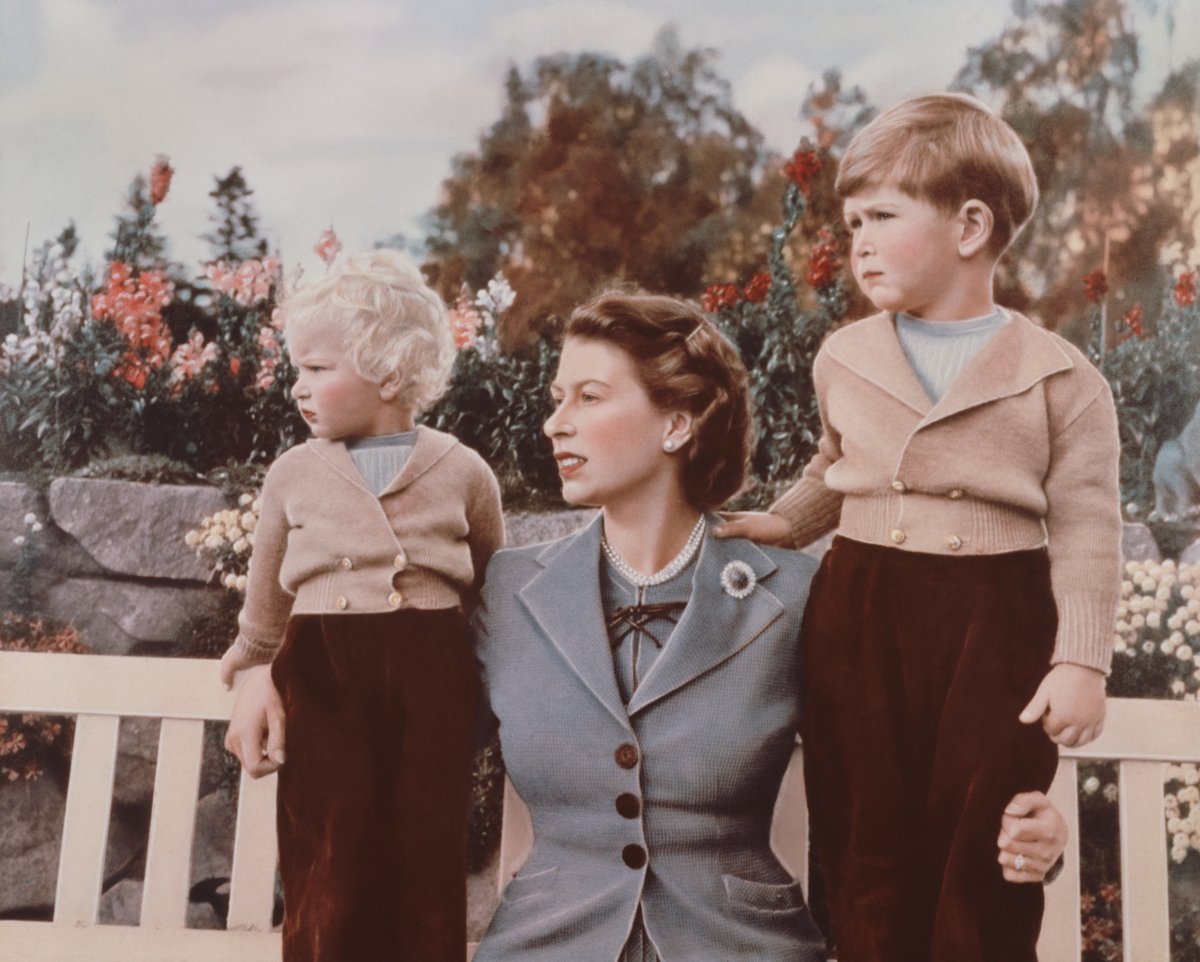
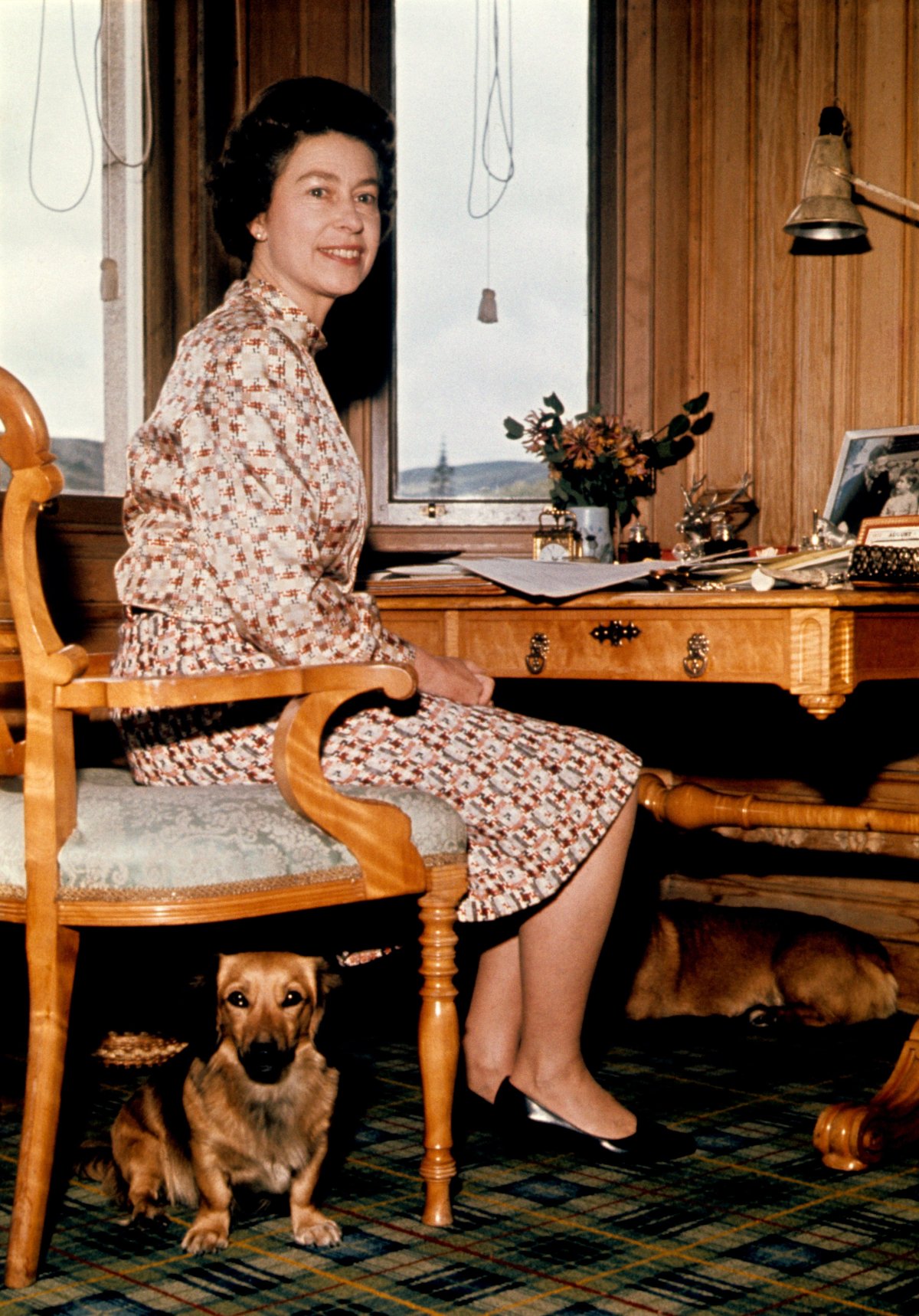
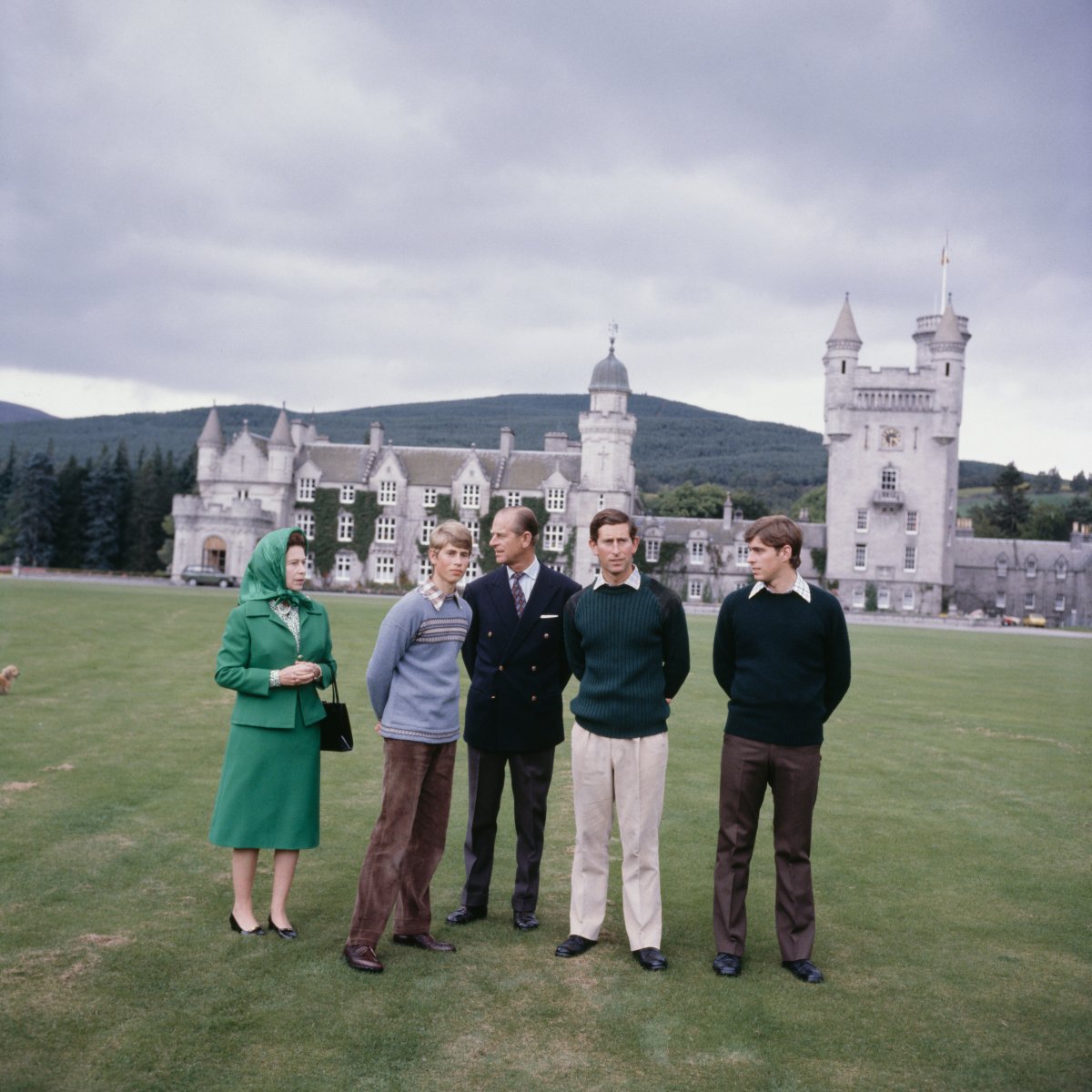


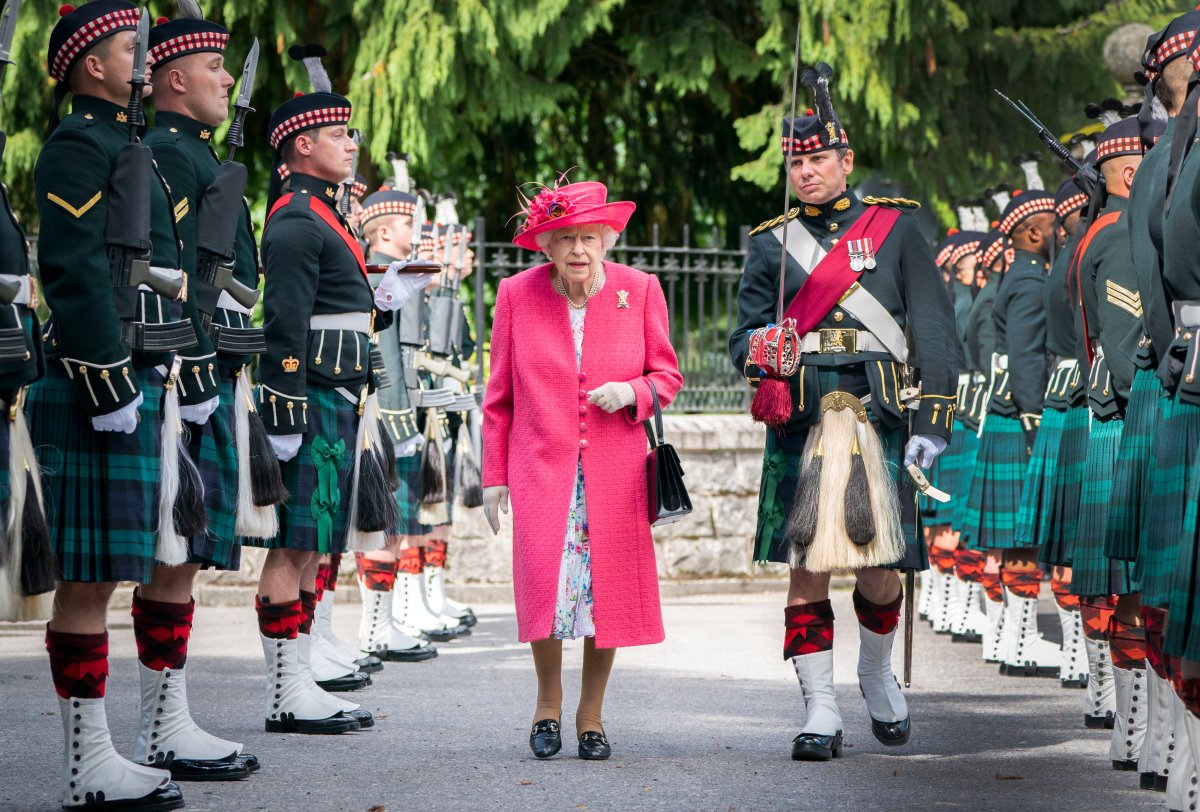



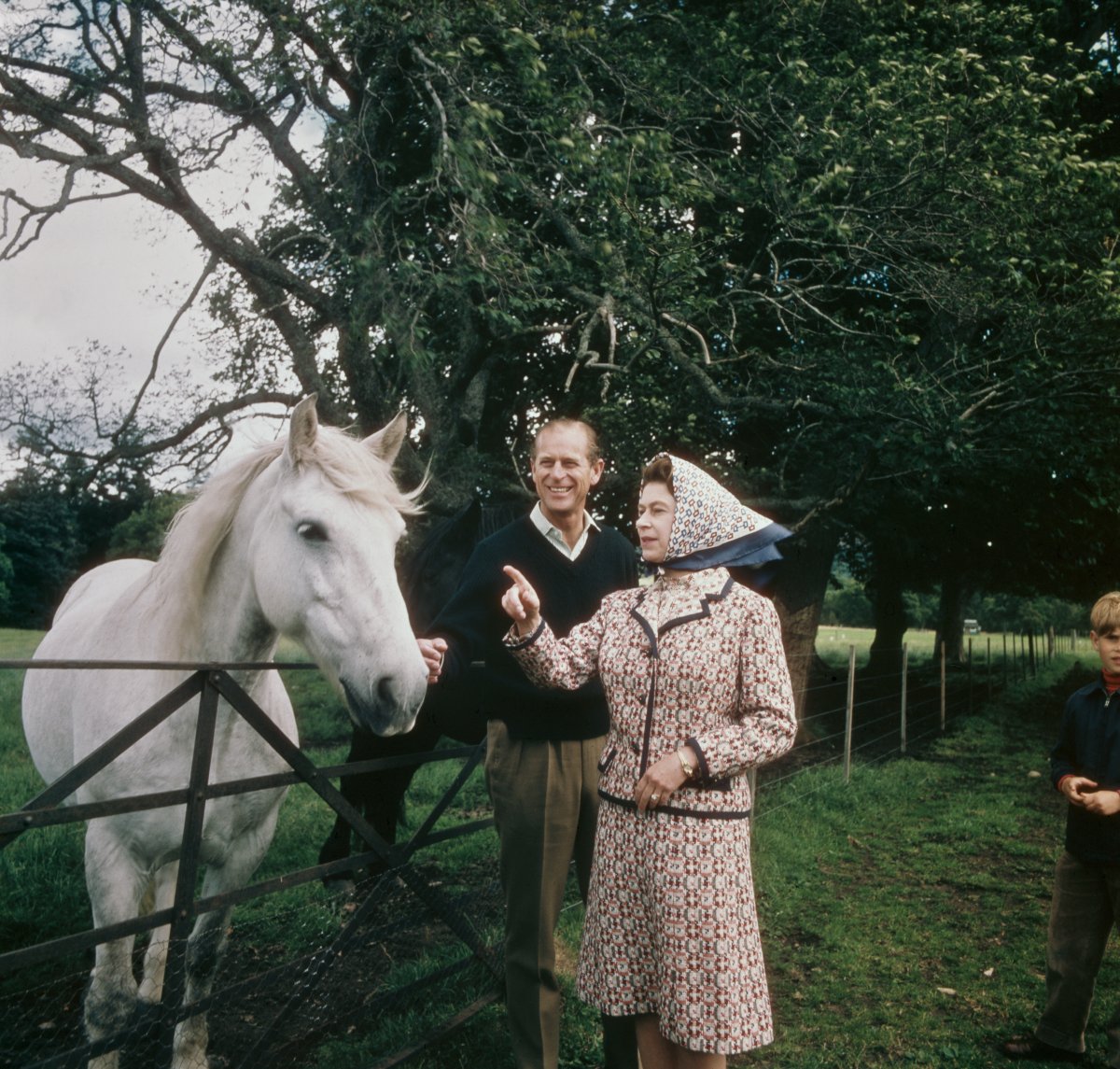
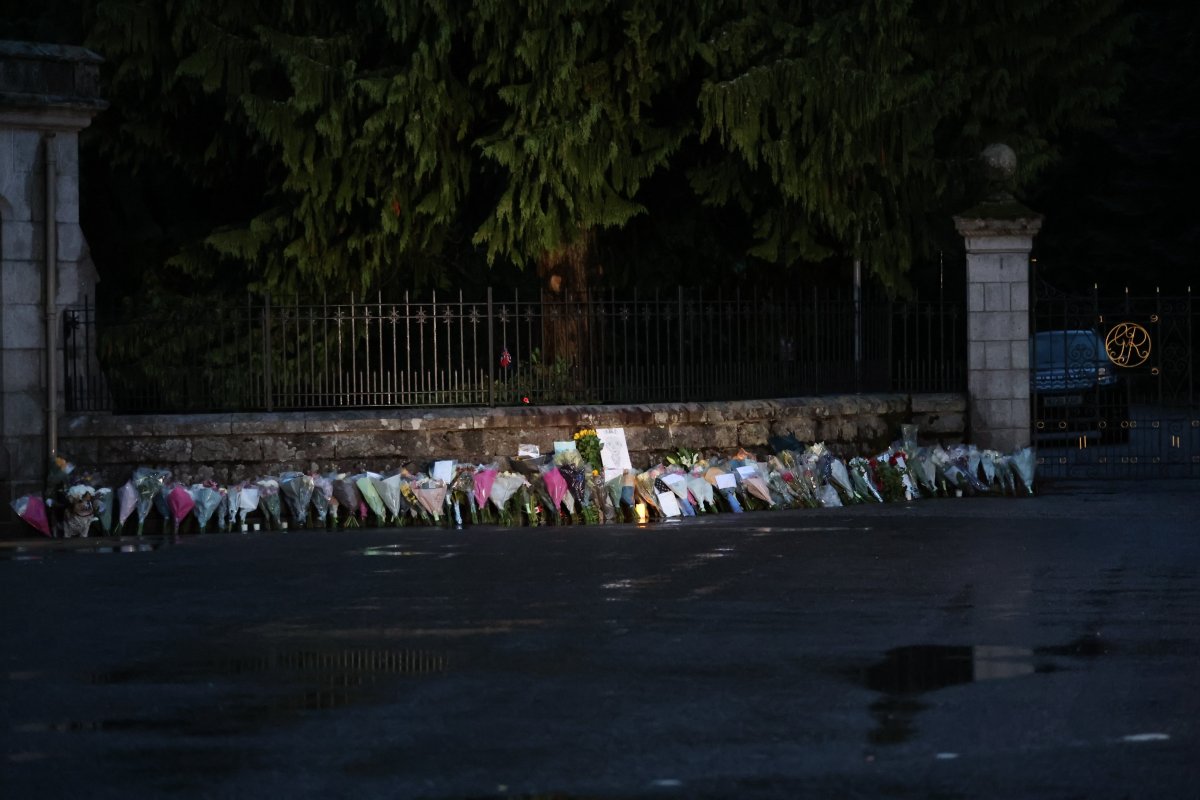
Comments